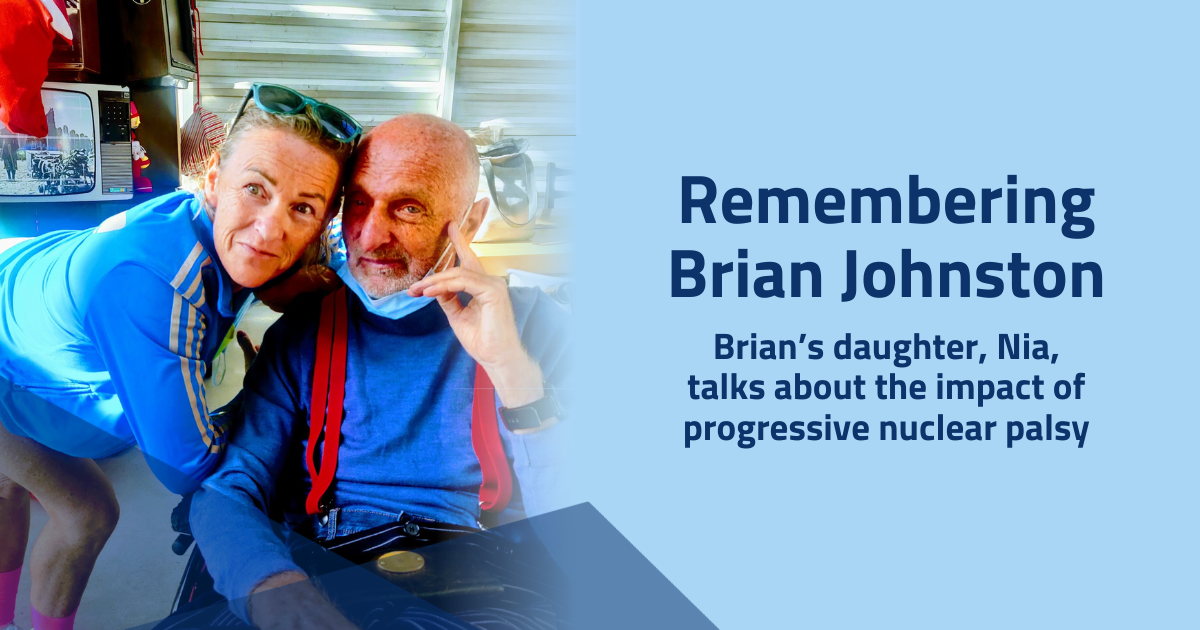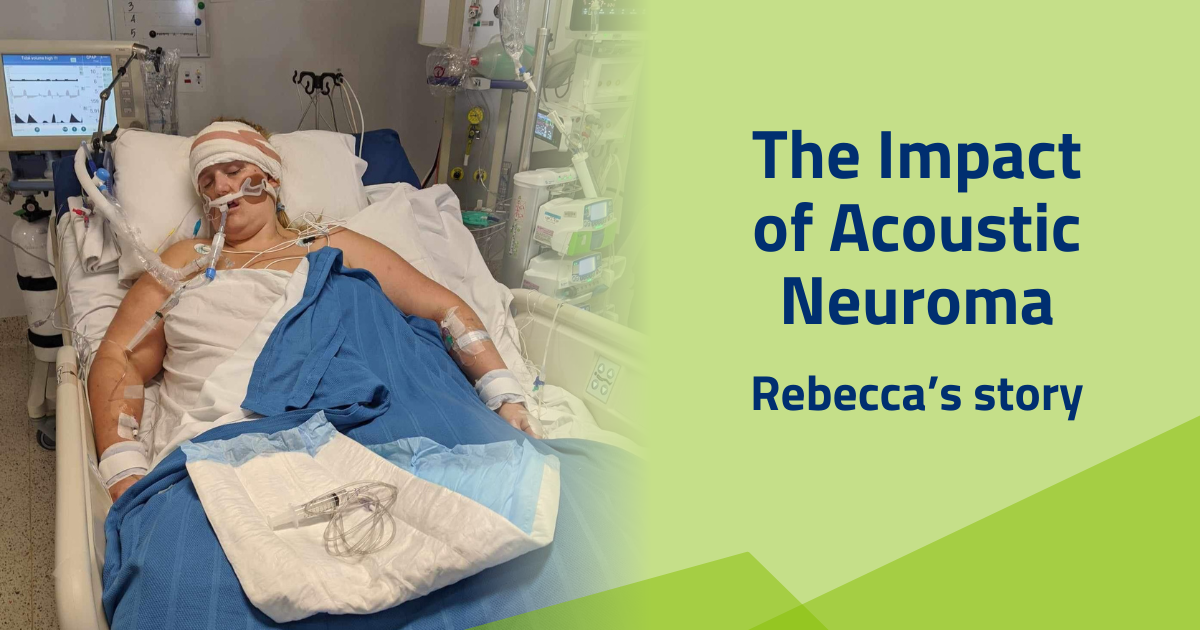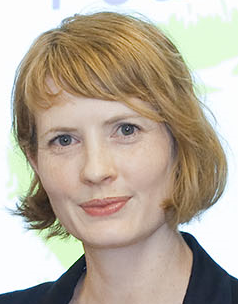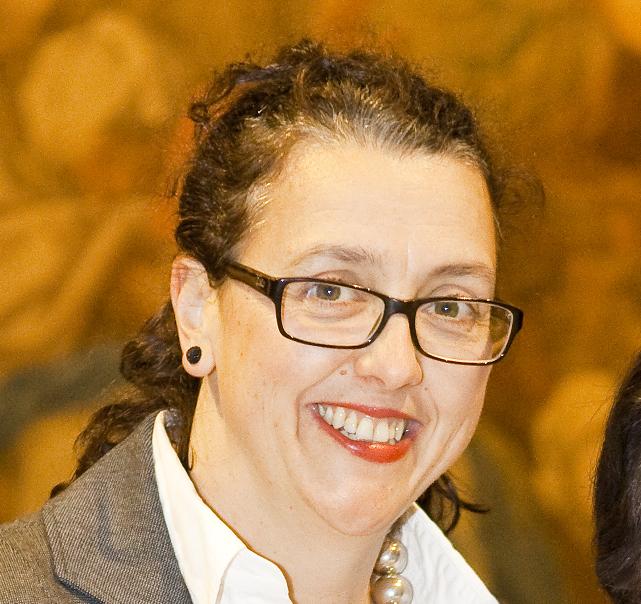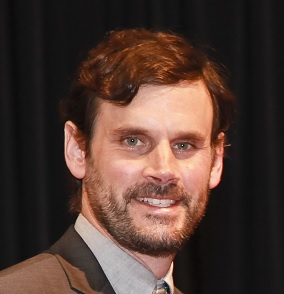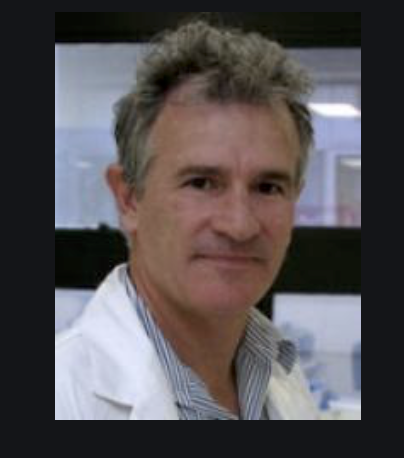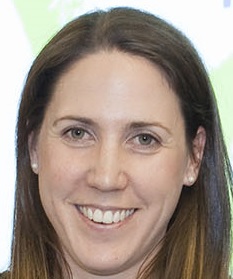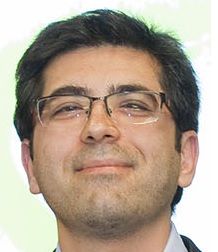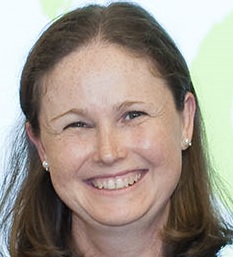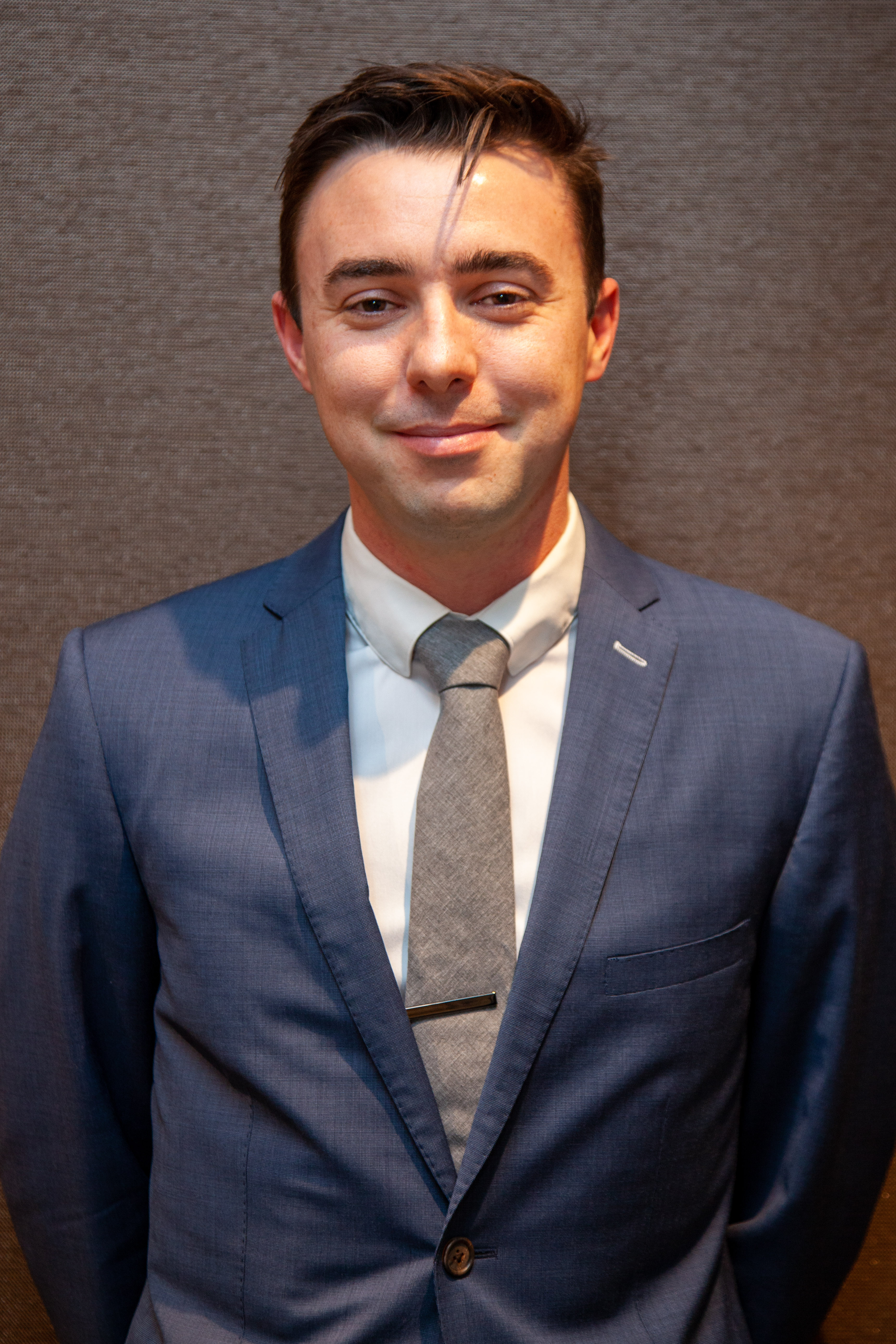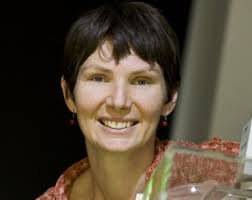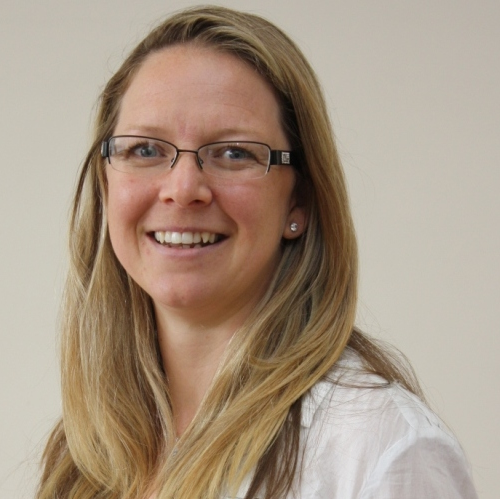
Search
26 Oct Cerebrovascular incl. Stroke, Aneurysms, AVM
Watch Dr Arosha Dissanayake accept the research grant award and hear a bit about the project. Project Summary: Each year approximately 1 in 12 Australians who suffer brain bleeding from...12 Jun Rebecca’s story: The Impact of Acoustic Neuroma
Acoustic neuroma is a type of benign brain tumour that grows on the nerve connecting the inner ear to the brain. It can affect your hearing and balance, causing symptoms...08 Dec NEURO-TRAUMA
...of the funding provided by the Brain Foundation. PROJECT SUMMARY: Effect of respiration and pathways of fluid flow in spinal cord cysts Traumatic spinal cord injury is a devastating condition...11 Dec Down Syndrome
Description Down Syndrome is a birth disorder in which the baby has an extra copy of chromosome 21. The chances of giving birth to a baby with Down Syndrome increase...11 Dec Chronic Inflammatory Demyelinating Polyneuropathy
Description Chronic inflammatory demyelinating polyneuropathy (CIDP) is a neurological disorder that results in slowly progressive weakness and loss of feeling in the legs and arms. It is caused by the...11 Feb Neuromuscular Disease Award
...a secondary result, of disease. Changes in these channels may produce the symptoms of disease and/or provide targets for treatment. Long QT syndrome is a cardiac disorder in which patients...20 Jan Neuromuscular Diseases
Project Summary: Duchenne muscular dystrophy (DMD) is the most common and severe muscular dystrophy of childhood. Affecting 1 in 3,500 boys, the natural history of the disorder is characterised by...19 Jan Whispering Dysphonia Award
The Cause of Whispering Dysphonia Chief Investigator: Professor Carolyn Sue Co-Investigators: Associate Professor Robert Wilcox and Professor Christine Klein Dystonia is a neurological movement disorder characterised by abnormal posture due...11 Dec Transverse Myelitis
Transverse Myelitis Description Transverse myelitis is an inflammatory disorder of the spinal cord leading to loss of muscle power, sensory symptoms (pins and needles) and bladder and bowel dysfunction. It...11 Dec Myasthenia Gravis
...papers on Myasthenia Gravis The Australian Myasthenic Association in NSW www.myasthenia.org.au Myasthenia Gravis Association of Queensland http://www.mgaq.org.au National Institute of Neurological Diseases and Stroke (USA) https://www.ninds.nih.gov/Disorders/All-Disorders/Myasthenia-Gravis-Information-Page Myasthenia Gravis Foundation of...16 Oct Vestibular Disorders
...Aaron Camp and hear a bit about the project. Project Summary: Balance disorders such as Meniere’s disease (MD) are debilitating for sufferers, and pose a significant socio-economic burden on Australia,...19 Oct Paediatric Neurology Award
...of iodine during brain development. Since the 1960s widespread supplementation has almost eliminated cretinism, which previously affected millions of people in iodine poor regions worldwide, and the problem is regarded...16 Oct Alzheimer’s and other neuro degenerative diseases
...of these communication centres is a common feature in brain degeneration in Alzheimer’s disease (AD). If they lack key proteins, neurons cannot communicate effectively. This leads to memory impairment, another...08 Dec NEURO-TRAUMA
...comprehensively characterise how the brain reacts, through inflammatory processes, following a traumatic SCI. In particular, we will investigate whether there is a graded response by the brain dependent on how...08 Dec PAEDIATRIC NEUROLOGY
Watch Dr Iman Azimi accept his research grant and hear a bit about the project. PROJECT SUMMARY: Medulloblastoma (MB) is the most common fatal childhood brain cancer. Despite significant advances...09 Dec NEUROMUSCULAR DISEASE
...samples and data. The present study is designed to address these issues by establishing an Australian biobank for paediatric peripheral nerve disorders, with an initial focus on spinal muscular atrophy...07 Aug Keeping Women in the Workforce with Migraine
The burden of migraine on women at work According to the World Health Organization (WHO), migraine attacks are the second leading cause of disability worldwide (1). At the Brain...16 Oct Cerebral Diseases
...of aSAH patients go on to have a further secondary brain injury that is preventable. One of the major causes of secondary injury is vasospasm. This spontaneous constriction of cerebral...26 Aug Ways to Donate
Thank you for considering donating to us and furthering brain research in Australia. Our preferred method of donating is via our online donation form, but if you prefer you can...26 Oct Movement Disorders incl. Parkinson’s & related diseases, Dystonia, Huntington’s
...an incision-less technique, where ultrasound beams are delivered transcranially to create therapeutic lesions in highly specific locations within the brain. Its application in movement disorders and tremor is to target...26 Oct Migraine & Headache
...long-term is therefore of material importance to clinicians and patients worldwide. Our preliminary research suggests that these medications may impact bone health. With the support of the Brain Foundation, we...23 Aug Signup Confirmed!
...so make sure you are receiving our email. Quick links: Brain disorders A-Z > Research we have funded > BRAINwaves newsletter archive > Create a fundraiser > Donate >...31 Oct Alzheimer’s and Other Neuro Degenerative Diseases
...specific brain regions including the hippocampus and cholinergic neurons of the basal forebrain (cBF neurons). The current standard treatments for AD are drugs that aim to promote the function of...31 Oct Alzheimer’s and Other Neuro Degenerative Diseases
...vascular dementia may be increased in patients with OSA. However, a direct link between these two conditions has not been established. Beta-amyloid deposits (plaques) are found in the brains of...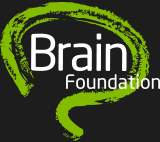
 The Brain Foundation is the largest, independent funder of brain and spinal injury research in Australia. We believe research is the pathway to recovery.
The Brain Foundation is the largest, independent funder of brain and spinal injury research in Australia. We believe research is the pathway to recovery.PLEASE HELP US BY DONATING TO OUR RESEARCH PROGRAM.
